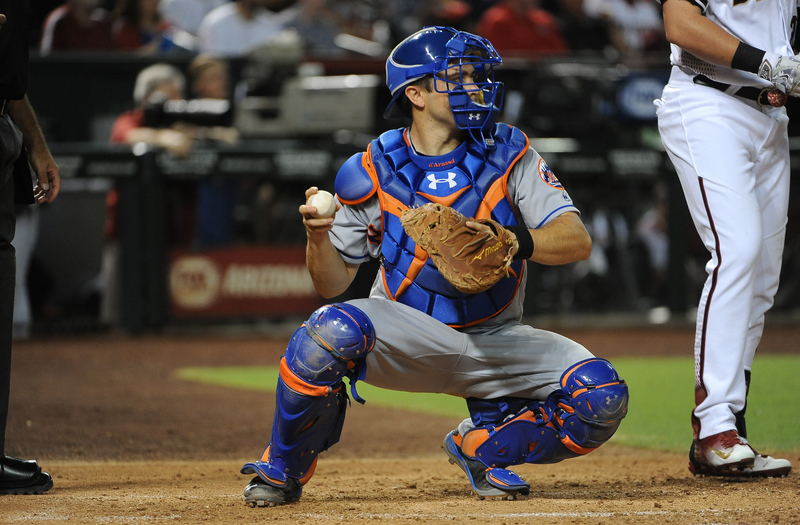Last updated on November 3rd, 2023 at 08:28 am
n simplest terms, a putout is what happens when a fielder completes an out themselves. That typically happens in one of four ways:
- Stepping on the base before the runner does, in a term known as a “force out” as well
- Tagging a runner themselves
- Catching a ball that came their way
- For catchers, for technically catching the third strike
What is the Difference Between a Putout and an Assist?
On the surface, it might seem like a putout is a type of an assist—a fielder might assist an MLB pitcher by taking care of the play themselves. However, an assist has a precise definition. Let’s start by defining the terms.
- Assist: According to the MLB glossary, an assist happens when a fielder touches the ball before another fielder makes the play. Technically, a fielder can record an assist even when this kind of touch was intentional. For example, an assist happens if one fielder takes a ground ball and throws it to someone else, who records the out. There may even be two assists happening, as with a double play.
- Putout: As defined above, a putout happens when the fielder is the first to contact the ball and completes the play themselves. A fielder does not receive credit for an assist.
Let’s take an example to demonstrate the difference. If the batter hits a ground ball towards second base, the first fielder to reach it might be the second baseman. The second baseman can’t make the play at first, but he can throw it to the first baseman. In that case, it’s the first baseman who has the putout (by catching the ball and tagging the base). The second baseman is the one who records the assist.
Is a Strikeout a Putout?
Catchers do influence strikeouts considering their relationship with the pitcher, but technically, catching a ball that came through as a strike is as much a putout as catching an infield fly.
What Positions Get the Most Putouts in Baseball?
The all-time putout leader in MLB history is Jake Beckley. Jake Beckley was a first baseman who played baseball at the turn of the century. With over 23,000 putouts, his statistics help demonstrate just how many putouts first basemen tend to get.
Because catchers technically record a putout when they catch the third strike, it means that they also tend to rack up these numbers. Catchers, after all, are playing the game in and out, while pitchers will rotate. However, if a team fails to convert a lot of strikeouts, many putouts end up for the first baseman. A first baseman also receives putouts by recording outs on grounders and flyouts.
Similar Posts
What is a Quality Start in Baseball?
What is Caught Stealing in Baseball?
What Does a Bench Coach in Baseball Do?
What is a Triple Play in Baseball?
Greg Kristan, owner of The Stadium Reviews, LLC and TM Blast, LLC, brings his extensive experience visiting over half of the MLB ballparks, along with numerous MLS, NHL, NBA, and NFL venues, to provide in-depth coverage on the bag policy, food options, and parking. He has also been interviewed about his experiences on several sports podcasts.


